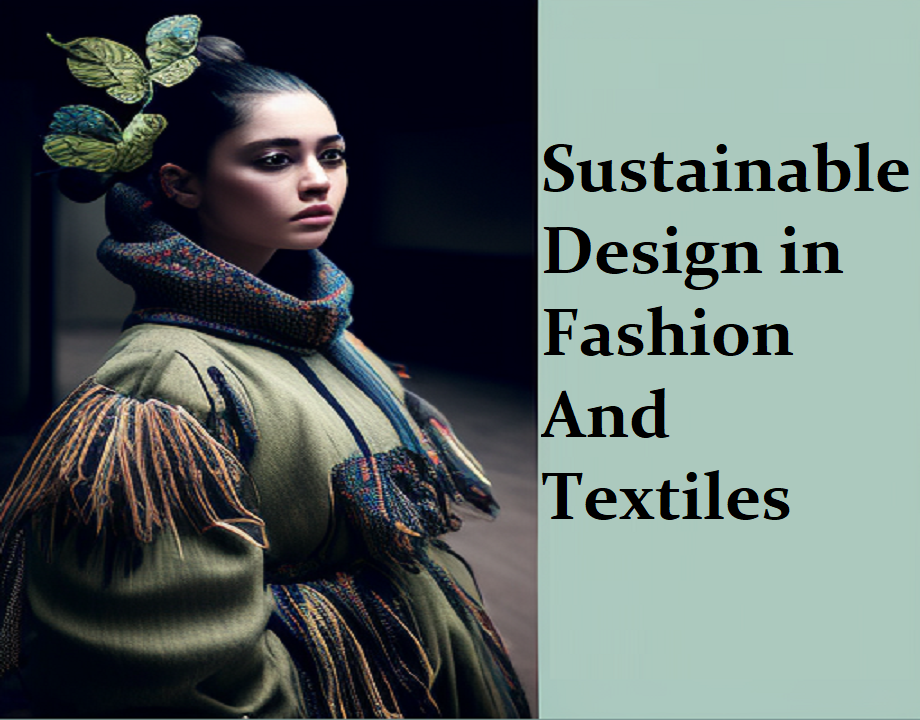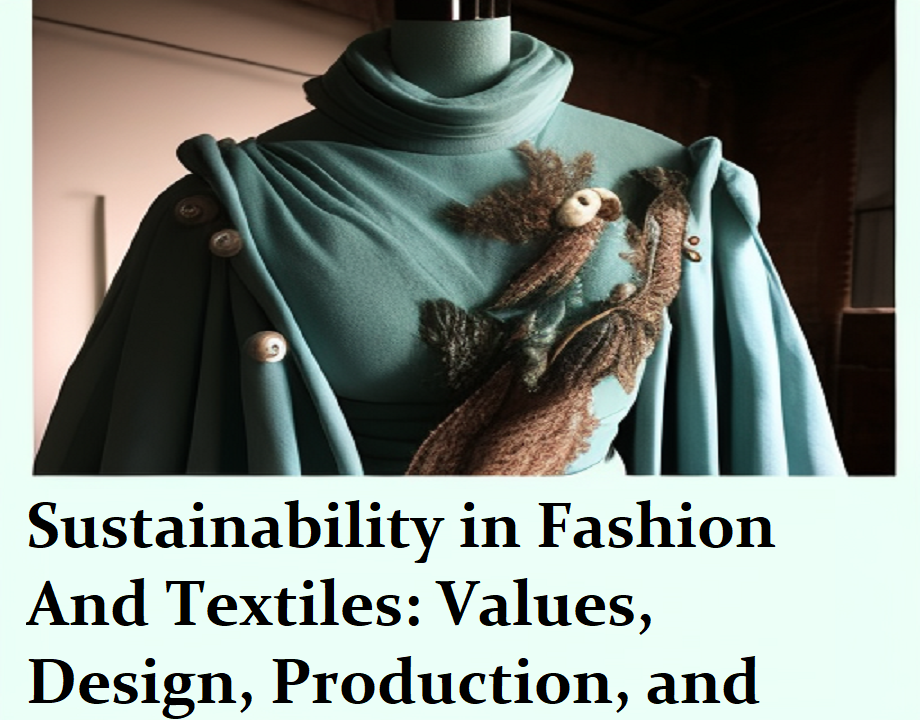Sustainability in fashion and textiles is becoming increasingly important in today’s world, where environmental issues and ethical concerns are at the forefront of our minds.
Sustainability in fashion and textiles refers to the practices that reduce the environmental and social impact of the production and consumption of clothing and textiles. The sustainable fashion movement aims to create a better future for people and the planet by producing clothes in a more responsible way.
Sustainability Values in Fashion and Textiles
Sustainable fashion considers the ethical implications of the production process. It ensures that workers in the supply chain are treated fairly, and that animal welfare is taken into account. Some examples of ethical considerations in sustainable fashion include:
Fair Trade
Fairtrade practices ensure that the workers involved in the production process are paid fair wages and are working in safe conditions. This means that the clothes we buy have not been made at the expense of human rights.
Animal Welfare
Sustainable fashion also considers the impact of animal products used in clothing. This means that materials like fur, leather, and silk are sourced responsibly and are not produced in ways that harm animals.
Labor Conditions
Labor conditions in the supply chain are an important consideration in a sustainable fashion. The clothes we buy should not be made by workers who are exploited or working in unsafe conditions.
Environmental Considerations in Sustainable Fashion
Sustainable fashion also takes into account the environmental impact of the production process. It aims to reduce the use of natural resources, reduce waste, and minimize the use of toxic chemicals. Some examples of environmental considerations in sustainable fashion include:
Resource Conservation
Sustainable fashion aims to conserve resources by using sustainable materials and reducing waste. This means using materials that are renewable, such as organic cotton, and recycled materials like polyester made from recycled plastic bottles.
Water Conservation
Water is a valuable resource, and sustainable fashion aims to reduce its use in the production process. This can be achieved by using techniques like dyeing fabrics with natural dyes or by using
Water–conserving technologies in textile production.
Chemical Management
Sustainable fashion avoids the use of toxic chemicals that can harm the environment and human health. This means using safer, non-toxic alternatives and implementing responsible chemical management practices.

Sustainable Design in Fashion and Textiles
Sustainable design in fashion and textiles focuses on using materials and techniques that minimize environmental impact while maintaining the quality and aesthetic appeal of the product. Here are some examples of sustainable design practices:
Use of Sustainable Materials
Sustainable materials are those that have been sourced and produced in a way that is environmentally and socially responsible. Some examples of sustainable materials used in fashion and textiles include:
Recycled Fibers
Recycled fibers are made from materials like recycled plastic bottles, discarded clothing, and fabric scraps. These fibers reduce waste and the need for virgin materials.
Natural Fibers
Natural fibers like organic cotton, hemp, and linen are grown without the use of synthetic pesticides and fertilizers, reducing environmental impact.
Sustainable Synthetic Fibers
Sustainable synthetic fibers like Tencel, made from sustainably harvested wood pulp, can be used as alternatives to traditional synthetic fibers like polyester.
Zero-waste Design
Zero-waste design is a technique used in fashion and textiles that eliminates fabric waste in the production process. This can be achieved by:
Pattern Making
Designers can create patterns that use every inch of the fabric, eliminating waste.
Cutting Techniques
Cutting techniques like laser cutting can be used to create precise cuts and minimize fabric waste.
Product Life Cycle
Designers can consider the end-of-life of the product, creating designs that can be easily disassembled and recycled.
Sustainable Production in Fashion and Textiles
Sustainable production in fashion and textiles refers to the manufacturing process of the product. Here are some examples of sustainable production practices:
Local Production
Producing locally reduces the carbon footprint of the product and supports the local economy.
Energy Efficiency
Manufacturers can implement energy-efficient practices like using renewable energy sources and energy-efficient machinery.
Transparency in Supply Chain
Transparency in the supply chain allows consumers to know where and how their clothes are made, promoting ethical and sustainable practices.
Sustainable Consumption in Fashion and Textiles
Sustainable consumption in fashion and textiles refers to the purchasing and usage of clothing and textiles. Here are some examples of sustainable consumption practices:
Consumer Awareness
Consumers can be more aware of their clothing purchases, buying from sustainable and ethical brands and supporting local businesses.
Second-hand Clothing Market
Buying second-hand clothing reduces waste and extends the life of the product.
Rental and Subscription Services
Rental and subscription services allow consumers to try out different styles and reduce the need for constant new purchases.
Conclusion
Sustainability in fashion and textiles is a crucial consideration in today’s world. The industry has a significant impact on the environment and society, and implementing sustainable practices can create a better future for all. It’s essential for designers, manufacturers, and consumers to take responsibility for their actions and make more sustainable choices.
FAQs
What is sustainable fashion?
Sustainable fashion refers to the practices that reduce the environmental and social impact of the production and consumption of clothing and textiles.
What are some sustainable materials used in fashion?
Sustainable materials used in fashion include recycled fibers, natural fibers like organic cotton and hemp, and sustainable synthetic fibers like Tencel.
How can I shop sustainably?
You can shop sustainably by buying from sustainable and ethical brands, supporting local businesses, buying second-hand clothing, and using rental and subscription services.
What are the benefits of sustainability?
Sustainability in fashion and textiles values design, production, and consumption that are environmentally friendly and promote ethical practices. Sustainable fashion seeks to reduce the industry’s impact on the environment, promote ethical practices, and create a better future for all. As consumers, we can make a difference by choosing sustainable and ethical brands, supporting local businesses, buying second-hand clothing, and using rental and subscription services. By adopting sustainable practices in our fashion choices, we can create a more sustainable future for the fashion industry.

